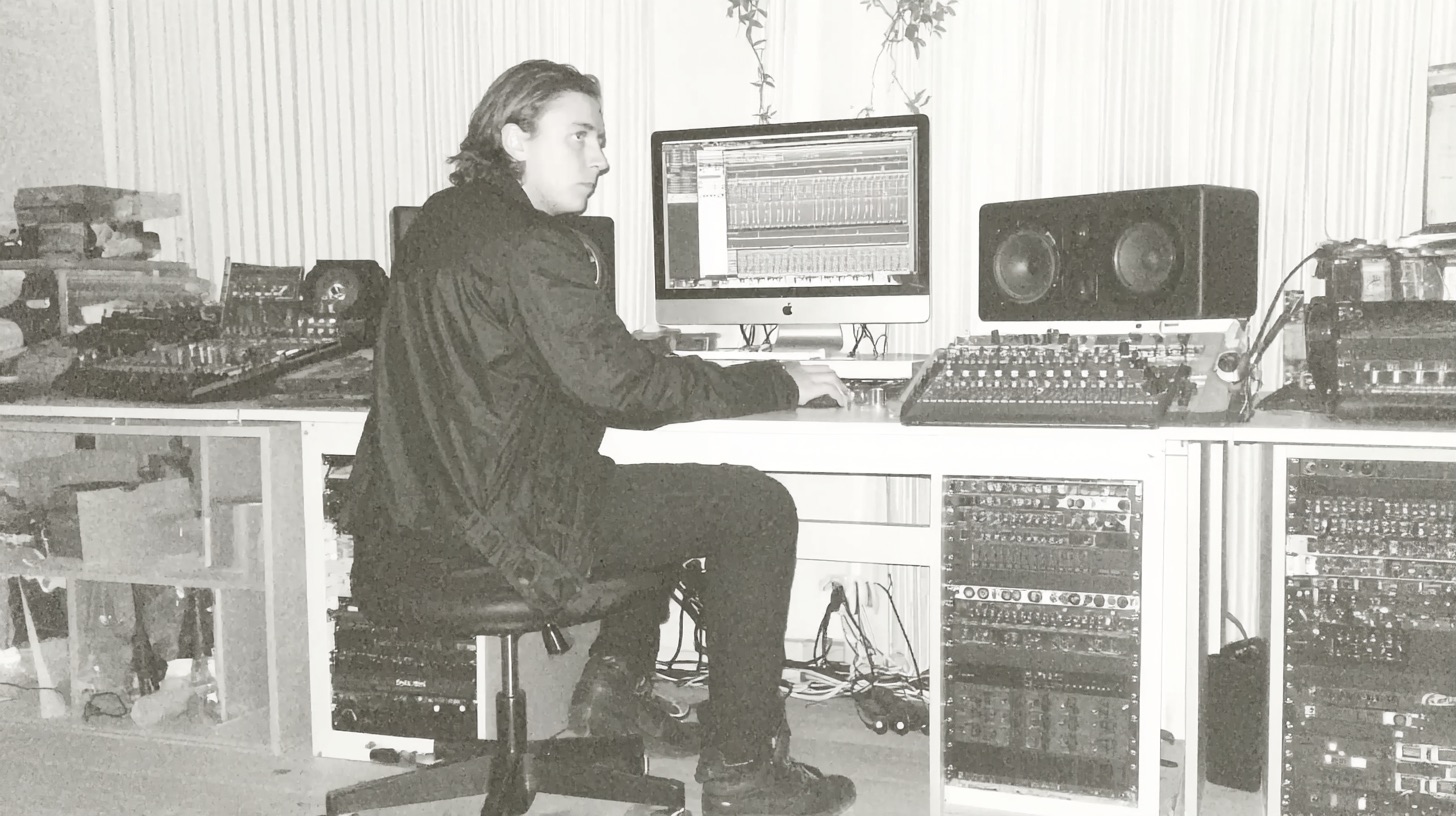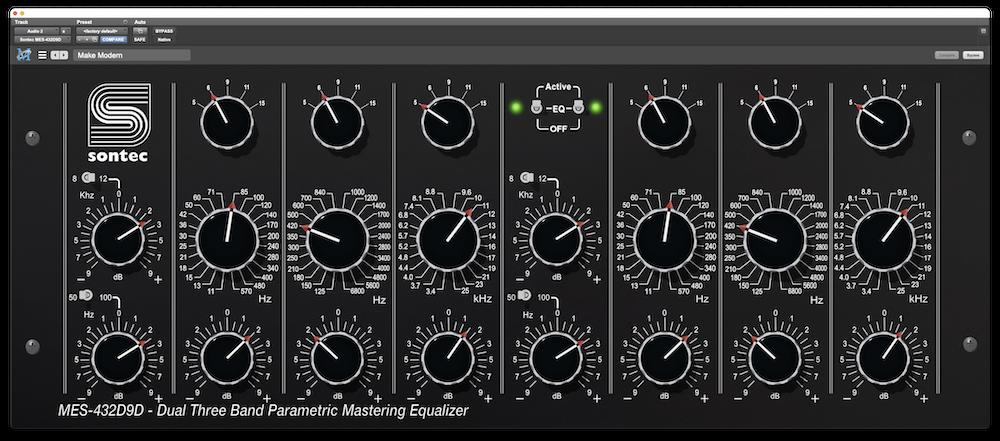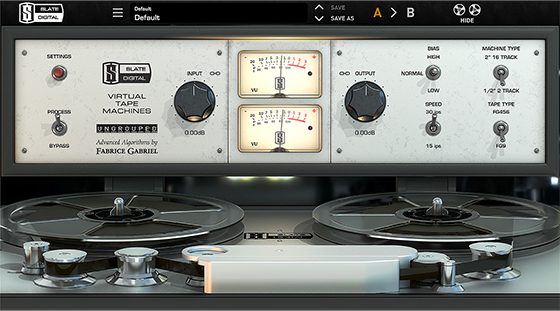
How to set up a mix bus for metal.
Nail The Mix Staff
Mix bus processing. It’s one of those areas in metal production where you see a wild amount of variation. Some engineers swear by a “top-down” philosophy, slapping on a chain of plugins before they even touch a channel fader. Others keep it lean, maybe just a limiter for loudness. In a recent session, the legendary Dave Otero (Cephalic Carnage, Cattle Decapitation, Archspire) peeled back the curtain on his metal mix bus strategy, and it’s a goldmine of killer techniques. Let’s dive into how he builds that massive, polished sound.
The Foundation: Smart EQ Before Your Mix Bus Compressor
One of the cornerstones of Dave’s approach is hitting his mix bus compressor with an already well-balanced signal. This is a crucial point many overlook.
Why EQ First?
Think about it: a compressor reacts to the loudest parts of your signal. If your mix is boomy or overly harsh before it hits the compressor, the compressor will be working overtime on those problem frequencies, potentially squashing your mix in an unflattering way. By placing an EQ before the compressor, Dave ensures the compressor hears a cleaner, more balanced picture of the music. This allows the compressor to react more musically and predictably to the right parts of the mix. For more on the basics of compression, this guide is a great place to start.

Dave’s Pre-Compressor EQ Moves with Acustica Audio Ivory
For this initial EQ shaping, Dave often reaches for a mastering-grade EQ like Acustica Audio’s Ivory EQ. He’s not making drastic changes here; it’s all about subtle enhancements:
- Deep Sub Energy: A gentle boost in the low-lows, around 37Hz with a fairly wide Q, to add foundational weight.
- Midrange Character: A touch of mids, specifically because he appreciates the character this particular EQ imparts in that range.
- Top-End Sheen: A slight lift around 9kHz for air and clarity, though he mentions this frequency might get tweaked.
The goal isn’t surgical correction at this stage, but rather broad strokes to present the compressor with an optimized signal. If you’re looking to refine your EQ game, understanding basic shelf EQ is a great first step.
Layering Subtle Saturation and Harmonics: The Secret Sauce
After the initial EQ and compression, Dave’s philosophy revolves around adding multiple, subtle layers of saturation and harmonic enhancement. He describes it as “sprinkling in little bits of saturation in different areas.”
The Philosophy: Small Touches, Big Impact
Why bother with tiny amounts from several plugins? Dave explains that these small, incremental additions help fill in the “holes” that can sometimes occur in standard digital recordings. Each layer contributes to making everything sound bigger, fuller, and more immersive. It’s a cumulative effect – individually, the changes might be hard to hear, but together they make a substantial difference, a technique you can dive deeper into with a harmonic exciter.

Plugin Choices for Saturation & Character
Here are some of the tools Dave employs for this delicate dance of harmonics:
- Sonnox Inflator: A classic for adding perceived loudness and harmonic density. However, on an already distorted and harmonically rich metal mix, Dave uses it with extreme caution. If the mix is already aggressive, he might only dial in a tiny amount or even skip it to avoid overcooking things.
- Acustica Audio “SSL-style” Processor: Dave uses an Acustica plugin reminiscent of an SSL mastering processor, focusing almost exclusively on its drive section. Again, the application is super minimal, just enough to contribute its flavor to the overall sonic tapestry.
- Slate Digital VTM (Virtual Tape Machines): Tape emulation is a fantastic way to add warmth, subtle compression, and that elusive “glue,” letting you compare the sound of an SSL mix on real tape.
- Low-End Enhancement: VTM naturally adds a pleasing amount of low end. Because of this, he might introduce it earlier in the mixing process to “mix into it.”
- Bass Alignment Tweaks: He sometimes adjusts the “bass alignment” setting (e.g., to -2dB instead of -1dB) to control how much the low-end shape of the mix is altered, especially if the mix is already close to where he wants it.
- Overall Effect: It adds subtle saturation and helps round over transients, contributing to a smoother, more cohesive sound.

He also mentions a “finisher” EQ, another subtle EQ stage that might come after the main mix bus compression, distinct from the initial pre-compressor EQ. This is for final, gentle shaping rather than heavy lifting.
Shaping and Finalizing with Ozone and Dynamic EQ
With the core tone and saturation dialed in, Dave moves towards final shaping and ensuring the mix translates well.
iZotope Ozone on the Master
iZotope Ozone is a powerful suite, and Dave leverages a couple of its modules on his mix bus, similar to how other producers build their in-the-box mastering chains:
- Limiter: At this stage, he’s not aiming for final mastering levels. Instead, he engages the limiter to get a feel for how the drums and the entire mix react when some loudness is applied. It’s about checking the vibe and dynamics under light limiting, not squashing it for maximum volume yet.
- Exciter (Tape Algorithm): Another nod to subtle harmonic enhancement. Dave credits NTM co-founder Joey Sturgis for turning him onto Ozone’s exciter, particularly the tape algorithm, years ago. It’s another instance of stacking small amounts of harmonic excitement to add richness and detail.

Intelligent EQ with Soundtheory Gullfoss
For dynamic EQ adjustments, Dave is a fan of Soundtheory Gullfoss. This “smart EQ” analyzes the audio and makes continuous, subtle adjustments to improve clarity and balance.
- How it Works: Gullfoss aims to make your mix more pleasing to listen to by dynamically addressing resonant frequencies and enhancing perceived detail.
- Key Controls & Dave’s Approach:
- Brighten: He usually pulls this down a bit to suit his taste for rock mixes, finding it can otherwise add too much extreme high-end.
- Recover & Tame: These are the main controls, and their effect can be somewhat ambiguous as they react uniquely to different material. Dave’s tip: crank Recover all the way up to clearly hear what it’s doing, then dial it back to a suitable level. Do the same with Tame.
- Subtle but Effective: Like his other processors, Gullfoss is used to make subtle improvements that contribute to a more polished and unified final mix. It’s another tool that helps everything play back well on multiple systems, much like a dedicated plugin to transparently tame problem frequencies.
Dave also has oeksound Soothe in his toolkit, another renowned dynamic resonance suppressor, though he might not reach for it immediately if the mix isn’t calling for it.
Key Takeaways from Dave Otero’s Metal Mix Bus
Dave Otero’s mix bus isn’t about one magic plugin; it’s a carefully constructed chain where each element plays a specific, often subtle, role:
- Prepare for Compression: Always EQ before your main mix bus compressor for a cleaner, more musical response.
- Layer Subtlety: Multiple small instances of saturation and harmonic enhancement add up to a big, full sound.
- Dynamic Control: Utilize tools like dynamic EQs (Gullfoss) and early, light limiting (Ozone) to shape and preview the mix’s reaction.
- It All Adds Up: No single processor is doing all the heavy lifting. It’s the synergy of these carefully chosen tools and techniques that creates that polished, professional metal sound.
These are incredibly powerful insights straight from a master of modern metal production. Applying even a few of these concepts can make a noticeable difference in your own mixes.
on Nail The Mix
mixes
Get the Session
Want to see exactly how producers like Dave Otero craft these immense metal mixes from the raw tracks up? At Nail The Mix, you get to be a fly on the wall. Every month, we give you the actual multitracks from huge metal songs and you watch the original producer mix them from scratch, explaining every plugin, every setting, every decision. It’s your chance to learn directly from the best in the business and truly unlock your sound beyond presets. If you’re ready to take your metal mixes to the next level, come see what Nail The Mix is all about.
Get a new set of multi-tracks every month from a world-class artist, a livestream with the producer who mixed it, 100+ tutorials, our exclusive plugins and more
Get Started for $1
